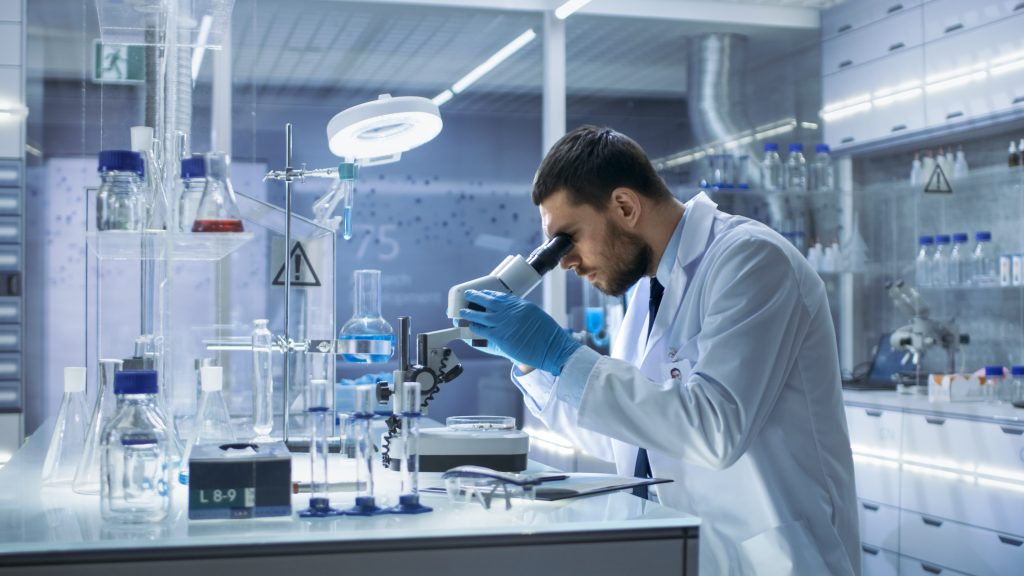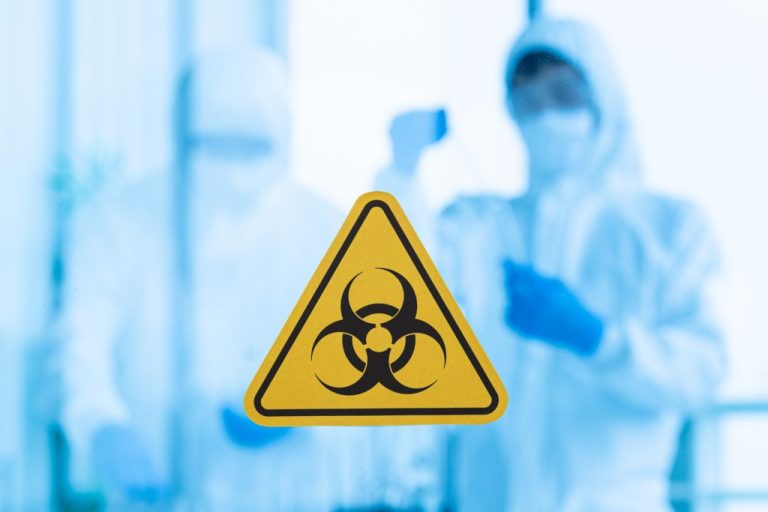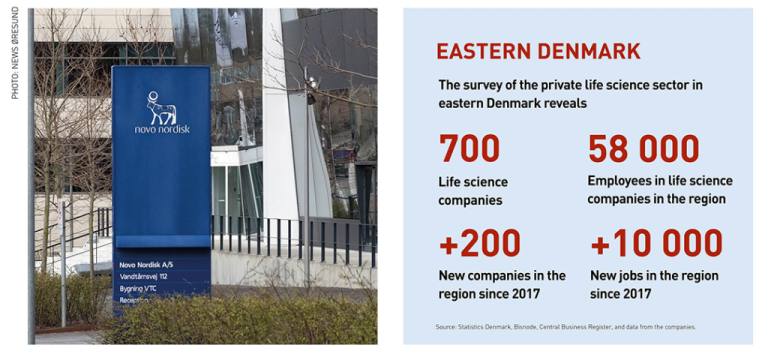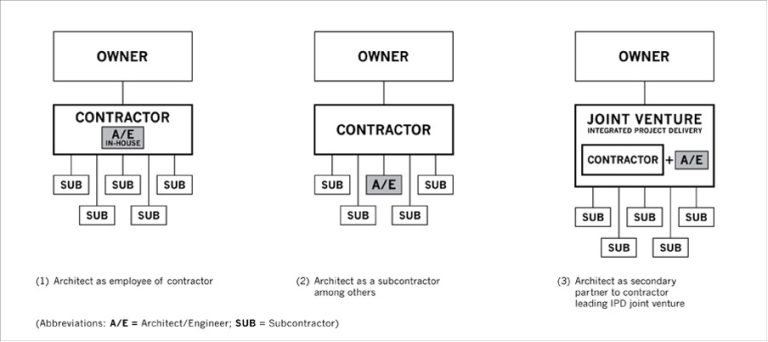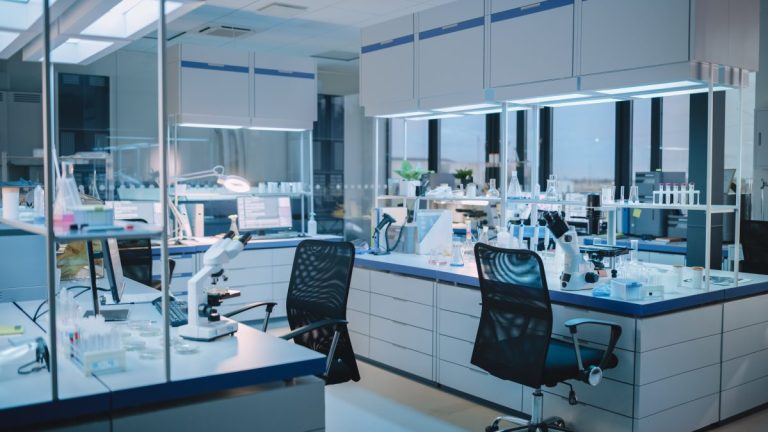How Are Laboratories GMO Classified?
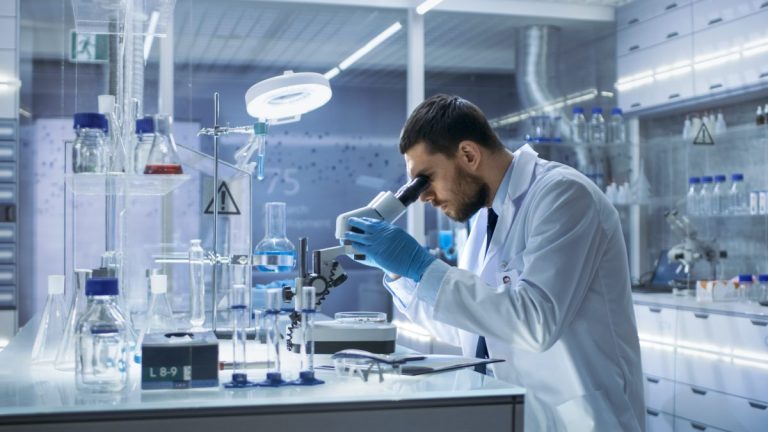
There are specific requirements for laboratories working with genetically modified organisms (GMOs). This is both in terms of procedures and safety measures but also in the physical design of the laboratory as a working premise.
In this article, we’ll cover the different classifications of GMO laboratories and walk you through the different requirements for laboratories working with GMOs.
What is a GMO laboratory?
A GMO laboratory is simply a laboratory working with genetically modified organisms. But what are GMOs you might wonder.
A GMO is an organism that has been modified by genetic technology e.g. with a gene from another organism.
Maybe you have heard the terms genetically modified or genetically engineered, and these are e.g. used in research to prevent diseases, to produce pharmaceutical products, for producing food supplements such as vitamins, or for producing food that is more resilient toward pests and pesticides.
This type of research is done in laboratories but to work with GMOs the laboratory needs to be approved by the Danish Working Environment Authority.
Approvals of GMO laboratories can be given in 4 levels which we will elaborate on in the below. In Denmark the most common GMO class is 1 but we also have some higher levelled laboratories e.g. in research facilities such as the Faculty of Health and Medical Sciences in the University of Copenhagen.
How are GMO laboratories classified?
GMO laboratories are classified from class 1-4. Class 1 represents the lowest risk and class 4 describes the highest risk level.
Depending on what type of research your laboratory will perform your company decides which class the authorities should classify the laboratory for.
In order to choose the right class you need to carry out a risk assessment where you account for the risks associated with the future projects. Here you should both consider human health and safety and the risk of impacting the environment.
Depending on the risk assessment, you choose which of the 4 classes your laboratory should be classified as:
- Class 1: laboratories with activities of no or insignificant risk
- Class 2: laboratories with activities of low risk
- Class 3: laboratories with activities of moderate risk
- Class 4: laboratories with activities of high risk
In addition to the risk assessment, you are also required to include information on the design of the laboratory. Here you should describe what safety measures are needed to safely carry out activities with GMOs and prevent their spread or release.
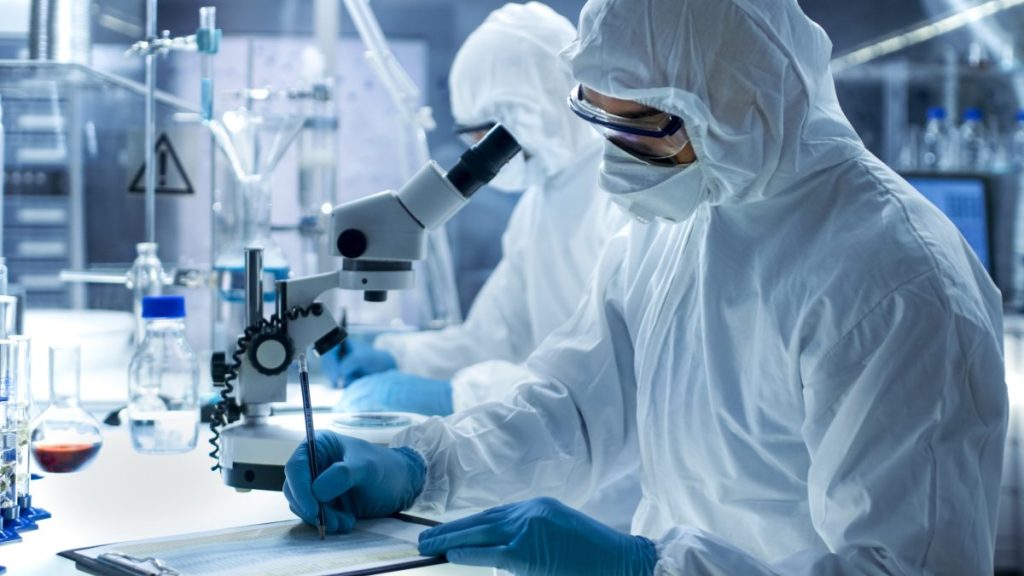
What are the requirements for laboratories working with GMOs
There are several requirements that are special for GMO laboratories. Both in regard to the design of the space and the use of it. Below we’ll cover some of the most important requirements for GMO laboratories.
First of all, everything in the laboratory – all surfaces including all technical installations and computers in a GMO laboratory should be designed so they are easy to clean and disinfect. Cleanliness is important in any laboratory, but the standards for cleaning in a GMO laboratory are more rigorous than in a normal one.
Safety
In a classified room, there are special rules for protective equipment; everyone must wear a lab coat, jacket, and pants for protection of the person and their regular clothes. This applies for everyone entering the laboratory – even visitors. If a person enters a GMO laboratory in equipment or footwear that cannot be disinfected it should bed disposed of as GMO waste if it has become contaminated.
Waste and spillage management
A GMO laboratory is dealing with potentially dangerous materials and therefore there should be taken special precautions to deal with spillage. Disinfectants should be made available in all places where activities with GMOs are being carried out.
It is important to dispose of all the contaminated material and GMO waste in the correct way. This includes everything from paper towels used for cleaning spillage to disposable protective equipment, needles, cells, and liquids.
Depending on the laboratory’s GMO class there are slightly different rules on waste management but common to them all is that contaminated waste should be dealt with as GMO and biologically active material and disposed thereof.
Ventilation
There should be taken special measures for ventilation systems in GMO laboratories. If something unfortunate happens it should not be possible to e.g. pull or push air from one classified room to another meaning that separate rooms need separate and closeable ventilation systems.
LAF benches are highly relevant to GMO laboratories. They are used as specially protected work areas which aim to protect the material contained in the bench. Generally speaking, there are two types of LAF benches – horizontal airflow and vertical airflow. In GMO laboratories the horizontal airflow LAF benches can only be used for activities where no air pollution can form.
Even though it’s not a requirement for all classes the Danish Working Environment Authority recommends establishing separate ventilation ducts for each room. This is only a requirement for classes 3 and 4 but is a good precaution for safety reasons for all classes of GMO laboratories.
Can Copenspace build my GMO laboratory?
The short answer is yes! Here at Copenspace we build all types of laboratories and can help you design your laboratory to the exact class you need for your research activities.
Feel free to contact us for any advice on how to design and build a GMO laboratory.

